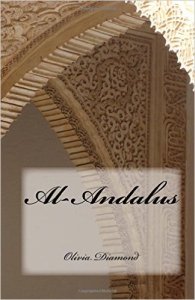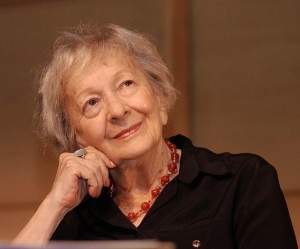“I don’t like poetry.”
“I don’t read poetry.”
I have heard these and similar refrains spoken by my book club members.
I remained mute, respectfully silent, to these bold, proud assertions. Should I defend my passionate love for the beauty of words artistically arranged to illuminate sound and sense, reflecting off each other amorously as in a lover’s tight embrace?
Would I dare to suggest reading a volume such as the Iliad or the Odyssey or a contemporary book of narrative verse such as Darlington’s Fall by Brad Leithauser or the Victorian Alfred Tennyson’s Idylls of the King? Craven timidity prevented me from the mention of the ten books of poetry I had the temerity to write.
Ours is a prosaic society. My suggestion of good poetry books may have resonance in Poland or Russia – the Slavs love poetry. Poetry is widely read and enjoyed in these countries. They can boast of the popularity of Eugene Onegin and Pan Tadeusz. I admit my reticence to defend the value of poetry was cowardly.
Americans have largely ceded the poetic ground to the academics. More people write poetry than read it even though some may confess that in great rushes of emotion, they have written a poem to express powerful feelings.
Should I admit in parody of Elizabeth Barrett Browning’s famous lines: “How do I love you? Let me count the ways” (leaving out the archaic thee) that I really love poetry?
I fancied poetry since elementary school and never outgrew my first love, although most students leave poetry behind after high school. So why does it continue to speak to me?
Because poetry can say in fourteen lines what prose can take four hundred pages to express.
Because it crystallizes ideas in images that at once make me hear, sense, and see their meaning.
Because connotation and denotation reverberate in a poem’s compact lines.
Because the compact lines ascend to the rhythm and cadence of music, the art of communication with sound, but poetry synthesizes language and sound into a unified art form.
Because I adhere to the adage that brevity is the soul of wit. Nothing sticks like a well-turned phrase; even better, one that is rhymed.
Because poetry fosters memorization. The decline of memorization in schools parallels the decline in the love of poetry and its appreciation.
Because poetry rises on the tongue like a prayer.
Because in great poetry I discover wisdom.
And last but most importantly, because reading tastes reveal a lot about personality and values. This is also true of a society in general. Poetry requires the reader to pause, think more deeply, and savor language. Mass popular fiction today permits the reader to cruise along, often skimming the surface and missing nuances in the same way that the media allows an audience to view complex issues simplistically. Prose glides; poetry dives.
Let us make America pause and ponder again through reading more poetry; thereby regaining respect for the use of language. Those who dominate the air waves daily abuse and corrupt language in ways that George Orwell warned would produce a brainwashed totalitarian society.
I love poetry because I love the concise, beautiful command of evocative language to express eternal truths of the human condition. In few words, it says so much – more than a million tongues can utter.



